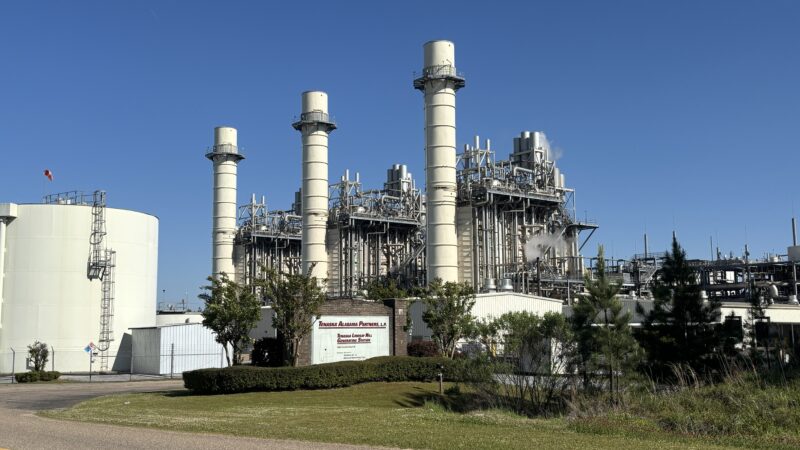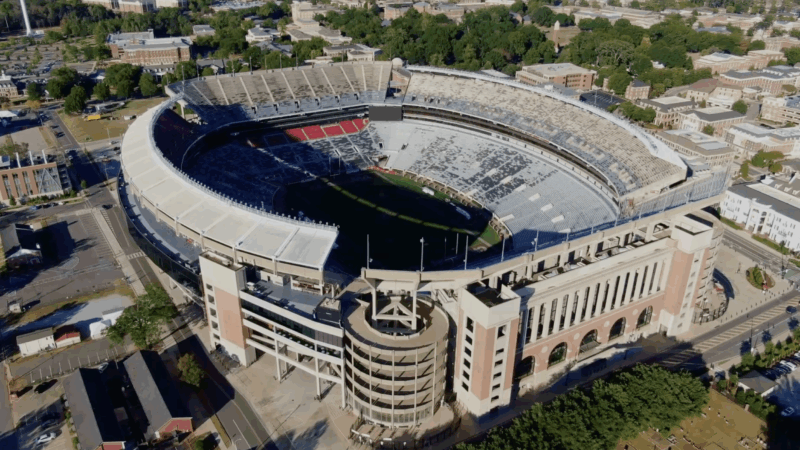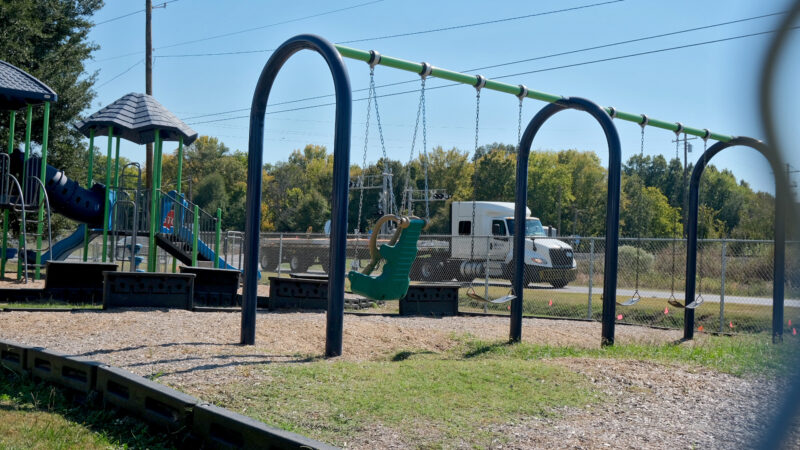Northern Beltline: Environmental Impact
Birmingham’s Northern Beltline has been in the planning stages for decades. But there’s a renewed sense of urgency to get the multi-billion dollar project moving forward. The Alabama Department of Transportation has said it could issue the first contracts by the end of this year. But as Tanya Ott reports, environmental concerns could put the brakes on the project (at least temporarily).
Renee Carter likes to joke that the Northern Beltline project is older than she is. But, she says, that’s about to change, thanks in part to groups like hers – the Coalition for Regional Transportation – which has been pushing the project forward.
“I think we’re closer than a lot of people realize. Because they don’t walk out there, drive out there and see dirt being turned and see concrete or asphalt going in, they think nothing’s happening.”
There are so many things that go into building a 52-mile road that would stretch from Bessemer, up through Northern Jefferson County, then over to Trussville. You have to purchase rights of way. You have to move utility infrastructure. And, you have to fend off lawsuits.
And that’s the latest challenge for the Alabama Department of Transportation. Earlier this month the conservation group Black Warrior Riverkeeper filed suit against ALDOT claiming its environmental study of the Northern Beltline is flawed. Nelson Brooke is the RiverKeeper.
“Imagine a 30 minute drive from Birmingham, a place in the mountains that is treed and looks just like what you’d imagine it woulda looked like 400 years ago before any settlement of this area. Totally wild and pristine. It’s very special.”
Nelson Brooke says if the Northern Beltline is allowed to pass through Turkey Creek and other waterways it could be devastating.
“In the construction phase of a large interstate like this there’s a ton of earth moving. It’s essentially mountaintop removal in a linear scale. And so there are major erosion impacts to local streams and wetlands. It can pollute drinking water, rising the cost of drinking water significantly. It can also cover over habitat that’s used by wildlife for spawning, such as fish.”
“Any road built in this country, built in this world, unless its built in a desert, crosses a tributary at some point.”
Again, Renee Carter with the Coalition for Regional Transportation.
“It’s not does it, but how does it? And there are environmental regulations and standards that are the highest we’ve ever seen. This road will be and can be built without negative impact on the environment.”
Gil Rogers disagrees. He’s an attorney with the Southern Environmental Law Center and he’s representing the Black Warrior Riverkeeper in their case against the Alabama Department of Transportation. Rogers says ALDOT officials have refused to meet with conservation groups to talk about their concerns.
“Most recently we asked for a meeting with ALDOT and the federal highway administration early this year in an attempt to air our concerns to them and sit face to face with them, talk through these issues and hopefully come to a resolution and we were politely brushed off by both agencies.”
So, he says, they decided to sue. The lawsuit alleges that ALDOT violated the National Environmental Policy Act, which requires a thorough environmental impact study. ALDOT did an environmental impact study back in 1997. But it expired. ALDOT was required to re-evaluate its study to see if any conditions have changed. It did a re-evaluation in 2006, but Gil Rogers says it only looked at a small stretch of the proposed 52-mile project.
“If you’re only looking at 3 miles stretches you never get a sense of what is the overall impact going to be on the economy of this region, on the environment. This segment that was re-evaluated is very different from a segment down closer to Bessemer, for instance, or a segment in the Cahaba River watershed.”
Alabama Department of Transportation spokesman Tony Harris says his agency would not comment on pending litigation. But he did confirm that prior to the lawsuit he would have confidently said ALDOT would being putting the project to bid by the end of this year. But now, he says, he can no longer say that. The suit is being heard in federal court. There’s no telling how long it will take.
 | Northern Beltline: Overview
| Northern Beltline: Overview
Alabama Power seeks to delay rate hike for new gas plant amid outcry
The state’s largest utility has proposed delaying the rate increase from its purchase of a $622 million natural gas plant until 2028.
Former U.S. Sen. Doug Jones announces run for Alabama governor
Jones announced his campaign Monday afternoon, hours after filing campaign paperwork with the Secretary of State's Office. His gubernatorial bid could set up a rematch with U.S. Sen. Tommy Tuberville, the Republican who defeated Jones in 2020 and is now running for governor.
Scorching Saturdays: The rising heat threat inside football stadiums
Excessive heat and more frequent medical incidents in Southern college football stadiums could be a warning sign for universities across the country.
The Gulf States Newsroom is hiring an Audio Editor
The Gulf States Newsroom is hiring an Audio Editor to join our award-winning team covering important regional stories across Mississippi, Alabama and Louisiana.
Judge orders new Alabama Senate map after ruling found racial gerrymandering
U.S. District Judge Anna Manasco, appointed by President Donald Trump during his first term, issued the ruling Monday putting a new court-selected map in place for the 2026 and 2030 elections.
Construction on Meta’s largest data center brings 600% crash spike, chaos to rural Louisiana
An investigation from the Gulf States Newsroom found that trucks contracted to work at the Meta facility are causing delays and dangerous roads in Holly Ridge.








